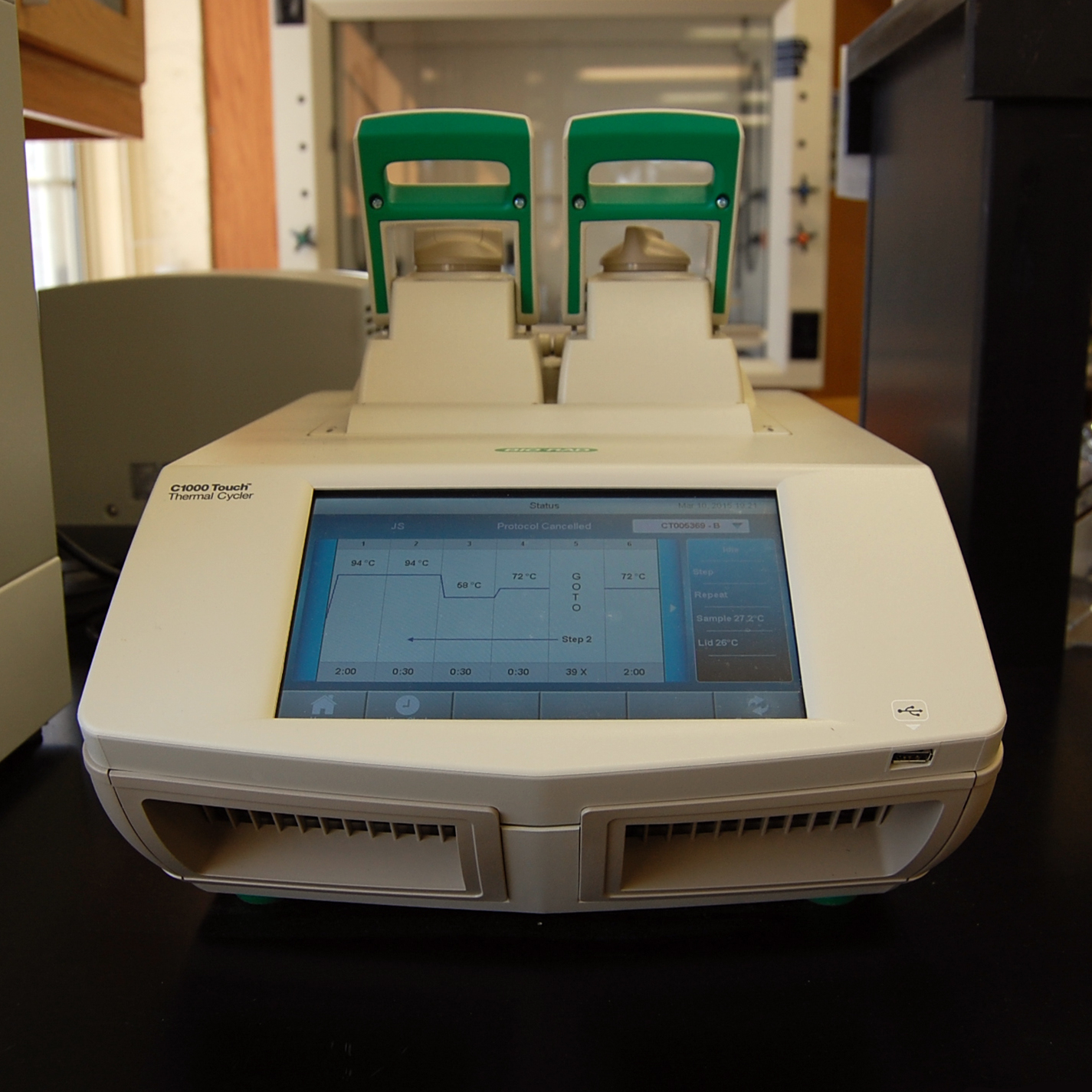I love the idea of growing tropical plants during the Maine winter. Maybe I’m crazy. The lab research associated with the Bugs in our Backyard project focuses almost exclusively on insects. The soapberry bug Jadera haematoloma and the milkweed bug Oncopeltus fasciatus are the two species whose genetics and development we spend most of our time examining. However, during field visits, I’ve often thought about the years ahead, and what experiments might be possible if we had live host plants available to us. In central Maine, having access to live plants can’t be taken for granted year round. So while many people, have called me crazy, I’ve started growing some of the Jadera host plants in captivity. Colby has an excellent greenhouse for raising tropical plants.
 Greenhouses have been incredibly important in the history of biology. In the 19th century greenhouses allowed biologists in northern countries to study tropical plants (and in some cases animals) without the cost and danger of travel. (For example, on one of his early expeditions Alfred Russell Wallace lost his brother to yellow fever in the Amazon. Wallace himself nearly died of malaria while writing his famous paper on natural selection from his sick bed in Malaysia.) In recent decades, greenhouses continue to be used by plant biologists studying the genetics, physiology, ecology and diversity of plants. Greenhouses associated with botanical gardens are often used for conservation efforts, for work to engage and educate the public, as well as for research.
Greenhouses have been incredibly important in the history of biology. In the 19th century greenhouses allowed biologists in northern countries to study tropical plants (and in some cases animals) without the cost and danger of travel. (For example, on one of his early expeditions Alfred Russell Wallace lost his brother to yellow fever in the Amazon. Wallace himself nearly died of malaria while writing his famous paper on natural selection from his sick bed in Malaysia.) In recent decades, greenhouses continue to be used by plant biologists studying the genetics, physiology, ecology and diversity of plants. Greenhouses associated with botanical gardens are often used for conservation efforts, for work to engage and educate the public, as well as for research.
 Inside our greenhouse, a dozen golden rain tree saplings wait out the winter. They dropped their leaves in October, right when their cousins in the wilds of suburban Maryland did the same. Now in March they are starting to show signs of new growth. It will be years before these plants are large enough to flower or produce seed pods. Then I will need to find them a new home, outside.
Inside our greenhouse, a dozen golden rain tree saplings wait out the winter. They dropped their leaves in October, right when their cousins in the wilds of suburban Maryland did the same. Now in March they are starting to show signs of new growth. It will be years before these plants are large enough to flower or produce seed pods. Then I will need to find them a new home, outside.
 The newest additions to the greenhouse collection are three small Cardiospermum. These tiny balloon vines were rescued from a road side in Islamorada, Florida this February. Not every seed is eaten by soapberry bugs. These plants were in an area that had been mowed within the last several months, and they surely would never have survived to flower.
The newest additions to the greenhouse collection are three small Cardiospermum. These tiny balloon vines were rescued from a road side in Islamorada, Florida this February. Not every seed is eaten by soapberry bugs. These plants were in an area that had been mowed within the last several months, and they surely would never have survived to flower.
Hopefully by keeping these plants alive, we’re ensuring the success of experiments that haven’t even been thought of yet.




